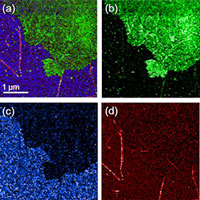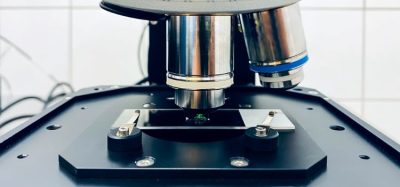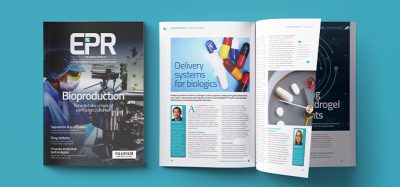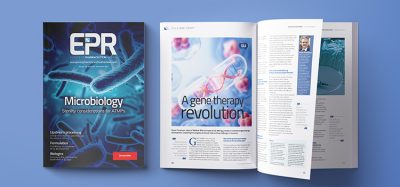TERS solution shows immediate results after installation
Posted: 4 January 2016 | | No comments yet
Joint HORIBA and AIST-NT solution provided spatial resolution below 15 nm…


Figure: GO, SWCNTs and fullerenes C60 co-deposited on gold. (a) Combined TERS map 4x4 μm, 128 pixels per line, 100ms per pixel. Individual maps showing the distribution of components, (b) graphene oxide, (c) fullerenes C60, (d) CNTs. All carbon species can be detected and resolved.
HORIBA Scientific, global leader in Raman spectroscopy solutions, and AIST-NT, manufacturer of advanced SPM systems designed specifically for integration with optical spectroscopy, deployed their joint solution at Oak Ridge National Laboratory, in the US, in collaboration with the Technische Universität Chemnitz, Germany.


Figure: GO, SWCNTs and fullerenes C60 co-deposited on gold. (a) Combined TERS map 4×4 μm, 128 pixels per line, 100ms per pixel. Individual maps showing the distribution of components, (b) graphene oxide, (c) fullerenes C60, (d) CNTs. All carbon species can be detected and resolved.
The resulting Tip Enhanced Raman Scattering (TERS) data was recently published in an article entitled, ““Nanoscale imaging and identification of a four-component carbon sample” E. Sheremet, R. D. Rodriguez, A. L. Agapov, A. P. Sokolov, M. Hietschold, D. R.T. Zahn, Carbon 96 588-593 (2016).
The data presented in this publication were recorded during the installation of the equipment in Professor Sokolov’s group at Oak Ridge. The authors demonstrate the TERS chemical imaging of the individual components in a four-carbon-allotropes sample: single-wall carbon nanotubes (CNTs), graphene oxide (GO), C60 fullerenes, and an organic residue by the by the presence of corresponding characteristic Raman peaks.
TERS with spatial resolution below 15 nm allowed the analysis of:
- Localized changes of defect concentration in graphene and graphene oxide
- Organic residue adsorption on graphene and graphene oxide
- Doping and defect in carbon nanotubes and their diameter estimation.
HORIBA Scientific and AIST-NT are proud to have these authors as customers and colleagues and we are especially grateful to Dr. Rodriguez, of Professor Zahn’s group, for shepherding this work through the publishing process. More information can be found at: www.horiba.com/raman-afm






